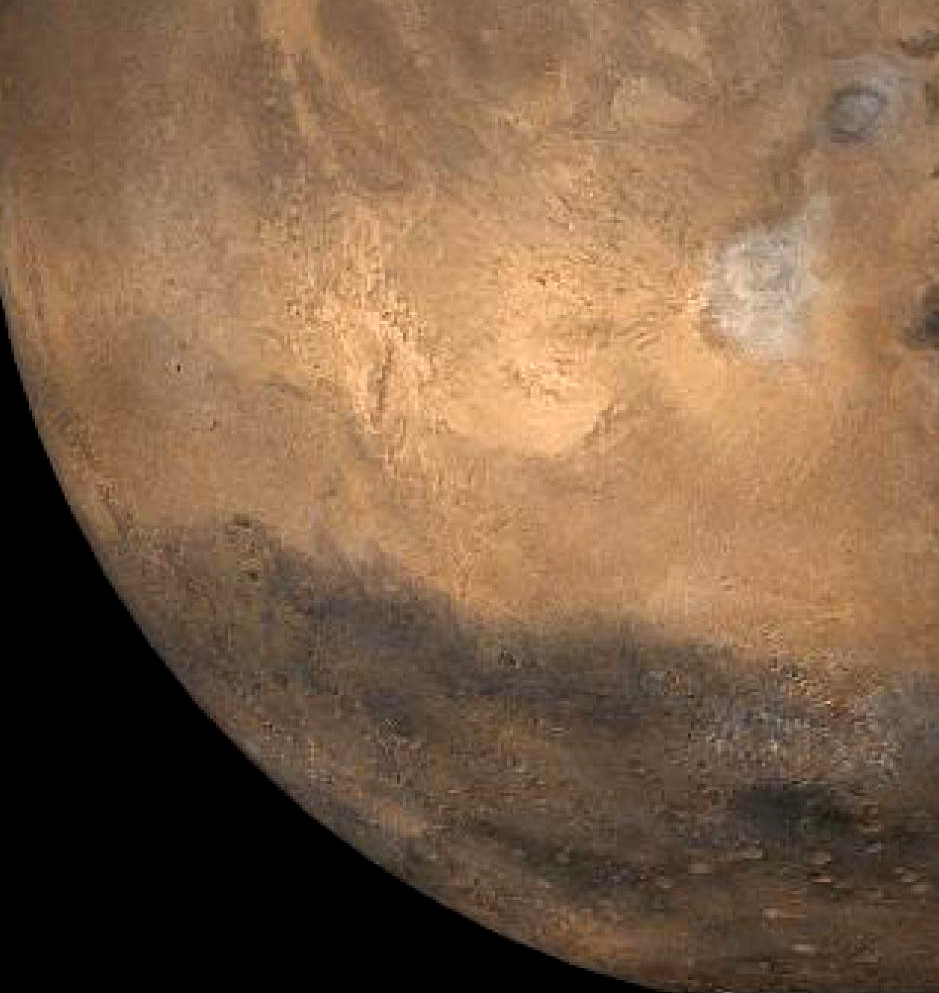Mars flight makes history
 Mankind has made its first powered, controlled flight on another planet.
Mankind has made its first powered, controlled flight on another planet.
NASA’s Ingenuity Mars Helicopter made the successful flight overnight.
The solar-powered helicopter first became airborne at 12:33 Local Mean Solar Time (Mars time) – a time the Ingenuity team determined would have optimal energy and flight conditions.
Altimeter data indicate Ingenuity climbed to its prescribed maximum altitude of 10 feet (3 metres) and maintained a stable hover for 30 seconds.
It then descended, touching back down on the surface of Mars after logging a total of 39.1 seconds of flight.
Ingenuity’s initial flight demonstration was autonomous – piloted by onboard guidance, navigation, and control systems running algorithms developed by the team at JPL.
Because data must be sent to and returned from the Red Planet over hundreds of millions of miles using orbiting satellites and NASA’s Deep Space Network, Ingenuity cannot be flown with a joystick, and its flight was not observable from Earth in real time.
NASA Associate Administrator for Science Thomas Zurbuchen announced the name for the Martian airfield on which the flight took place.
“Now, 117 years after the Wright brothers succeeded in making the first flight on our planet, NASA’s Ingenuity helicopter has succeeded in performing this amazing feat on another world,” Zurbuchen said.
“While these two iconic moments in aviation history may be separated by time and 173 million miles of space, they now will forever be linked.
“As an homage to the two innovative bicycle makers from Dayton, this first of many airfields on other worlds will now be known as Wright Brothers Field, in recognition of the ingenuity and innovation that continue to propel exploration.”
As one of NASA’s technology demonstration projects, the 49-centimeter-tall Ingenuity Mars Helicopter contains no science instruments inside its tissue-box-size fuselage. Instead, the 1.8-kg rotorcraft is intended to demonstrate whether future exploration of the Red Planet could include an aerial perspective.
This first flight was full of unknowns. Mars has a significantly lower gravity – one-third that of Earth’s – and an extremely thin atmosphere with only 1 per cent the pressure at the surface compared to our planet.
This means there are relatively few air molecules with which Ingenuity’s two 1.2-meter-wide rotor blades can interact to achieve flight. The helicopter contains unique components, as well as off-the-shelf-commercial parts – many from the smartphone industry – that were tested in deep space for the first time with this mission.
“The Mars Helicopter project has gone from ‘blue sky’ feasibility study to workable engineering concept to achieving the first flight on another world in a little over six years,” said Michael Watkins, director of NASA’s Jet Propulsion Laboratory in Southern California.
“That this project has achieved such a historic first is testimony to the innovation and doggedness of our team here at JPL, as well as at NASA’s Langley and Ames Research Centers, and our industry partners. It’s a shining example of the kind of technology push that thrives at JPL and fits well with NASA’s exploration goals.”







 Print
Print